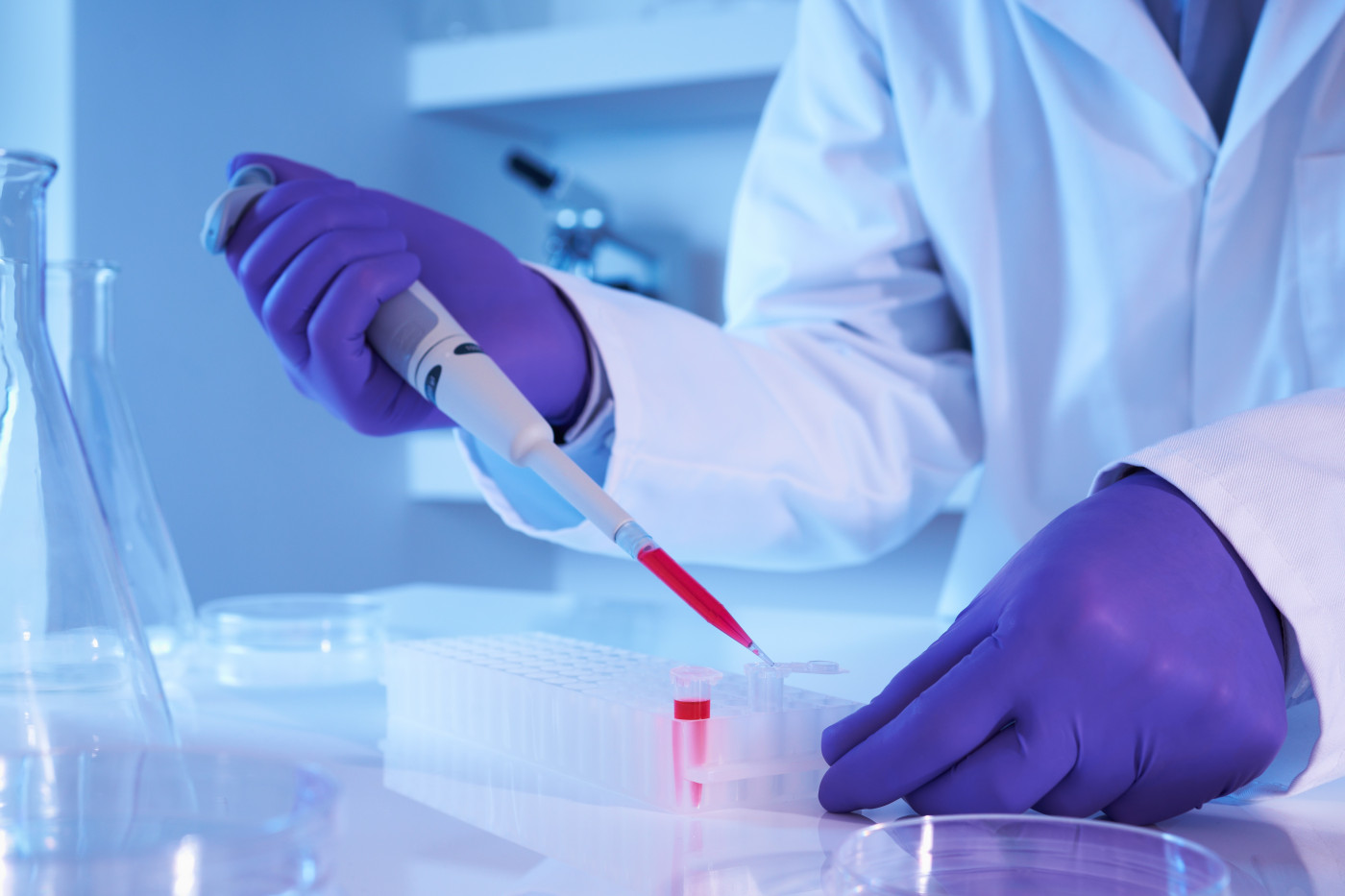Scientists Discover 4 Potential Protein Biomarkers for AADC, Other Disorders

Scientists discovered four potential protein biomarkers — apolipoprotein D, apolipoprotein H, oligodendrocyte myelin glycoprotein, and collagen6A3 — that may be useful for assessing the severity of certain disorders, including aromatic l-amino acid decarboxylase (AADC) deficiency.
In addition to disease severity, these new biomarkers may be valuable both in shedding new light on the cellular and molecular mechanisms underlying the disorders, and in helping predict how they might respond to specific treatments, the investigators said.
Their findings were described in the study, “Novel Protein Biomarkers of Monoamine Metabolism Defects Correlate with Disease Severity,” published in the journal Movement Disorders.
AADC deficiency is a genetic disorder caused by mutations in the DDC gene, which codes for an enzyme, called AADC, that is necessary for the production of certain brain chemicals. These brain chemicals, also known as neurotransmitters — which include the monoamine neurotransmitters dopamine and serotonin — play a key role in nerve cell communication.
The lack of monoamine neurotransmitters, caused by defects in their production, packaging, or transport, may lead to a series of symptoms that usually manifest early on in life. These include intellectual disabilities and movement disorders, such as dystonia-parkinsonism, that can have varying degrees of severity.
The diagnosis of patients with the rare disorder is usually made based on the biochemical profile of their cerebrospinal fluid (CSF), the liquid that surrounds the brain and spinal cord), followed by genetic tests.
However, “little is known about the mechanisms underlying the differences in clinical phenotypes [symptoms shown], severity, and response to treatment in the different monoamine defects,” the researchers wrote.
Now, an international group of investigators set out to identify new biomarkers that could be involved in the severity and manifestations of these disorders, as well as in their responses to treatment.
To that end, the team analyzed the protein makeup of CSF samples taken from 90 patients with monoamine deficiencies. The patients included in the study were being followed at several centers that belong to the International Working Group on Neurotransmitter Related Disorders.
Among the 90 patients (40 males and 50 females), 29 had been diagnosed with tyrosine hydroxylase (TH) deficiency, 17 with AADC deficiency, 41 with tetrahydrobiopterin (BH4) deficiency, and one with dopamine transporter (DAT) deficiency; two had unknown diseases.
After analyzing the protein contents of the CSF samples, the investigators identified a total of 1,188 proteins. From these, 385 were found to be present in nearly all (90%) patients, and 15% of them were shown to be involved in nervous system development.
The investigators then focused on assessing if any of the proteins in this smaller subset could be found in abnormally high or low levels in the CSF samples of specific diseases.
After using different techniques to measure the levels of all these proteins, the team discovered four whose levels were abnormal. These included apolipoprotein D, which was found in very low levels in patients with severe AADC deficiency, and collagen6A3, also found at low levels in individuals with BH4 deficiency who had already started treatment.
Patients with severe TH deficiency also were found to have abnormally low levels of apolipoprotein H and overly high levels of oligodendrocyte myelin glycoprotein.
“Although further studies are required to validate the relevance of these biomarkers in disease mechanisms and clinical practice, the reported work opens new opportunities and insights into the future research and therapies of monoamine deficiencies,” they wrote.




